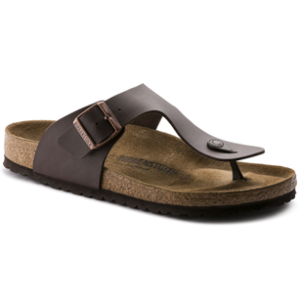For improving personal mobility, those with physical disabilities use various assistive devices ranging from prosthesis and orthoses to crutches, walking frames, and sticks as well as tricycles and wheelchairs. The most glaring example of advanced assistive devices was the wheelchair used by the late scientist Stephen Hawking that allowed the disabled person to lead almost a regular life by providing all kinds of support and not just aiding movement and mobility. However, the device was prohibitively expensive. To help the disabled population overcome their infirmity, it is essential to ensure affordable assistive mobility devices that can bring back the smile for millions of people facing mobility problems.
The Thrust is on developing affordable devices for the disabled
Many countries are developing low-cost mobility aids with the same kind of functionality and performance as the costlier ones available commercially. These include a cane tip that senses puddles, a Braille display, and an Android application for blind people to help them access Twitter. Others are facilitating rehabilitation of visually impaired people by involving them in some digital game that requires mobility and orientation assisted by 3D sound effects, various types of switches that use balls to carry out computer functions. Small balls are suitable for use by hands, and the big ones are foot-operated. Besides, there are capacitive touch switch, sip and puff switch, a special mouse that uses buttons and can perform regular mouse functions, and the rolling bars provided with it help move around the screen.
Why we need affordable assistive devices
Despite enjoying the same rights of living like any average person, people with physical disabilities are always at odds and struggling to regain some of the joys of independent living that eludes them. The problem is that assistive devices can be very costly with high maintenance, which prevents people, especially those belonging to the weaker section, to access it. Significantly, the assisted devices for children who are undergoing rehabilitation are too much costly. Not all countries and their health systems support assisted devices’ availability through government funding, and it is the same for private insurers. It is necessary to pay special attention to innovate, develop, and make these available at an affordable cost to overcome the financial barrier and ensure that more people can use assisted devices,
Innovation at work
Innovation plays a critical role in making the devices affordable, and worldwide research and development activities are gaining momentum. Scientists, engineers, and medical professionals are collaborating in various projects worldwide to ensure that anyone who needs an assistive device to overcome their impairment can afford it.
Standing wheelchair
Standing is essential for people who use wheelchairs to prevent secondary problems like pressure sores. The unique design of the wheelchair allows the user to stand up all on their own by utilizing the strength of the low upper limb. Customization of the design will enable catering to various income groups.
The developments raise hope that we will soon have a much wider range of assistive devices to meet the more specific needs of the physically disabled people who need not worry about the cost.





Be First to Comment